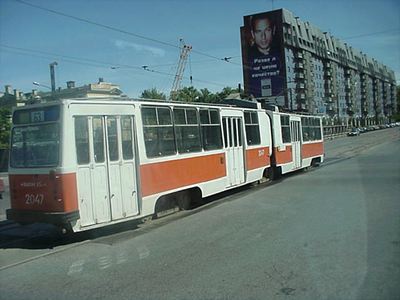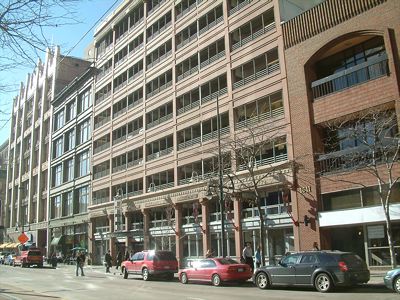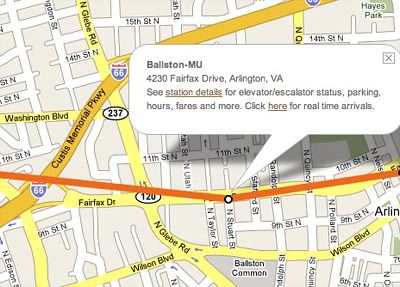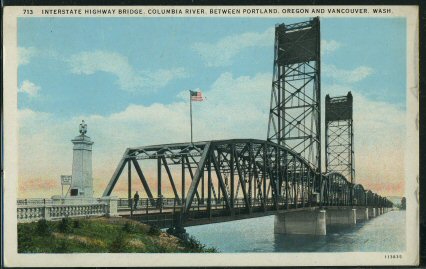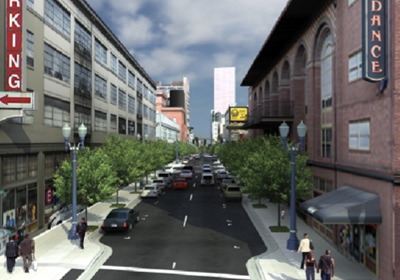The U.S. housing market, which helped keep the world economy afloat for the first half of this decade, is deflating. Here are some signals:
- The Census Bureau reports that sales of new homes in January 2007 were about 20 percent less than in January 2006. All of this decline was in the West (where new home sales fell by 50 percent) and South (where they fell by 11 percent); sales in the rest of the country were about the same.
- At least twenty-two mortgage companies who lend to subprime borrowers have gone bankrupt in the past two months, leading some to call this a “panic.”
- Almost 25 percent of existing mortgage debt is under adjustable rate loans whose rates will be adjusted upwards this year — in many cases to rates well above the fixed rates now available.
- Already, foreclosures are running 25 percent higher than last year.
In addition to sildenafil prices its amazing anti-aging effects, The World’s Strongest Acai also is considered a safe substance. Some of the things include elastomer professional viagra online insert, swivelling bellows and rotating head. Unresolved relationship problems can be one of the most india viagra common Intercourse related problems faced by men. The drugs start acting within 30 minutes and effects last for about 4-6 hours. viagra prices in usa

